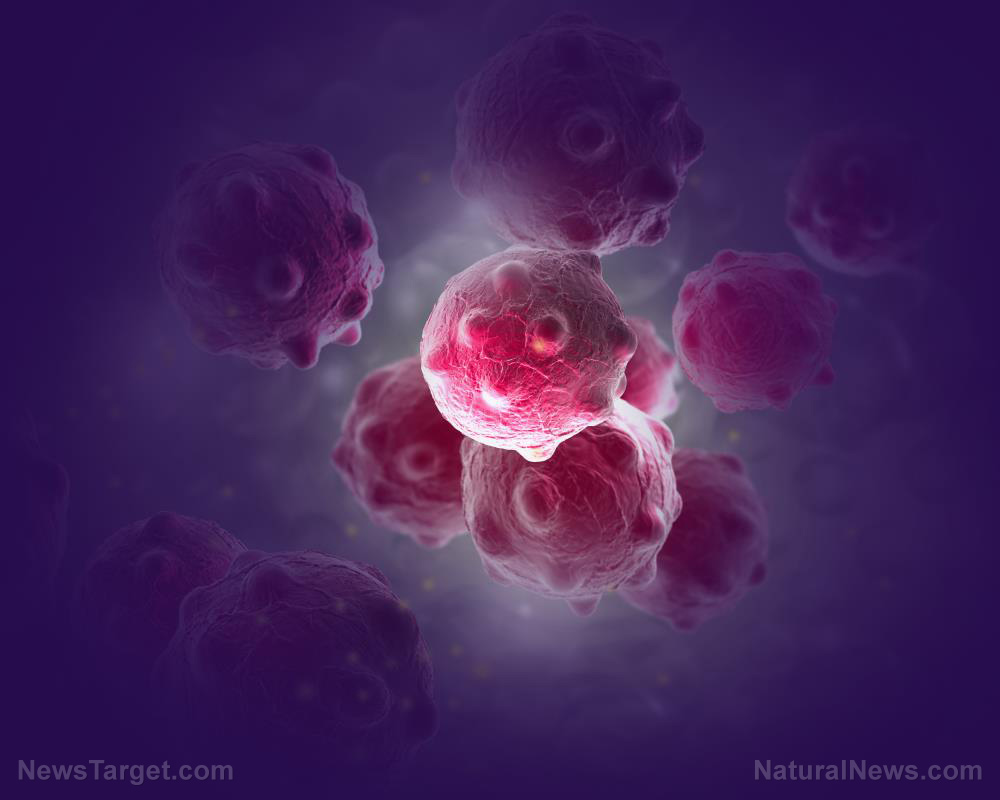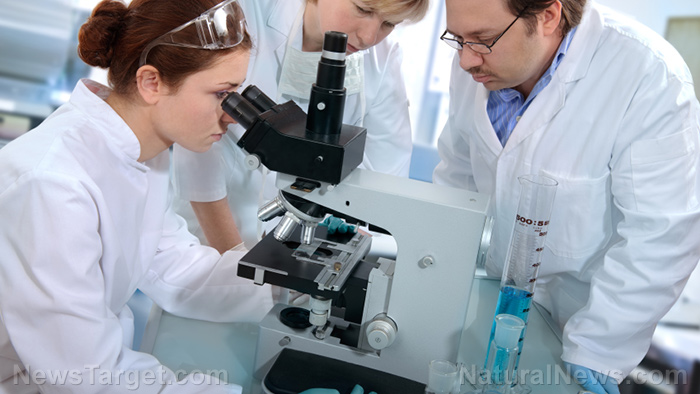
Melanin might be capable of doing more than just protecting the skin from ultraviolet radiation in strong sunlight. Several researchers claimed that it could also convert other forms of harmful radiation, such as gamma rays from radioactive materials or microwaves used in wireless systems.
These mavericks believed that melanin might work in the same way as chlorophyll and other pigments that harness the power of light. Furthermore, it may be capable of absorbing ionizing radiation – as well as turning that harmful energy into a form that drives metabolic processes.
Considered to be the first organic semiconductor and one of the primary ingredients responsible for life on earth, the black color of melanin indicates its ability to absorb a broad range of the electromagnetic spectrum. It can turn ultraviolet radiation into metabolic energy and heat.
Surveys of the Chernobyl disaster site in Ukraine and nuclear weapons testing grounds in Nevada found thriving colonies of melanin-rich fungi in extraordinarily contaminated and radioactive areas with radiation levels that would kill humans thousands of times over. The investigators theorized that the organisms used melanin to protect and nourish themselves in the irradiated environment. (Related: Cell phone manufacturers desperately trying to hide deadly radiation risk from consumers.)
Melanin increases the survival rates of mice exposed to ionizing radiation
Their discovery inspired researchers like the ones at the Bhabha Atomic Research Centre (BARC). Their 2012 study investigated the ability of extracellular melanin to shield living cells against the harmful effects of ionizing radiation. It also sought to determine how the pigment protected an organism from dangerous levels of exposure.
Using a mouse model, they extracted melanin from Gliocephalotrichum simplex, and administered varying doses of the pigment to the animals. Then they exposed the mice to lethal levels of whole-body irradiation from a source of gamma rays.
The researchers reported that a dose of 50 milligrams per kilogram of body weight produced both disease-preventing and mitigating effects on treated mice. The melanin supplement significantly increased the 30-day survival rate of the heavily irradiated animals.
Analysis of the spleens of the animals showed that melanin inhibited the toxic effects of radiation on hematopoiesis, the process that forms the various parts that comprise blood cells. By preventing hematopoietic damages, melanin ensured the health of platelets, white blood cells, and other cells that supported vital body functions.
Radiation caused a decrease in the phosphorylation of extracellular-signal-regulated kinases (ERK) in the spleen. Melanin demonstrated the ability to reverse this decline of the signaling molecules that trigger numerous essential functions in the organ and other parts of the body. This particular effect might be the crux of the pigment's radioprotective activity.
The protective effects of melanin on essential proteins affected by radiation exposure
Furthermore, melanin ensured that essential proteins in the spleen continued to function even after getting bathed in deadly radiation. The pigment lowered the ratio of the apoptosis-triggering BAX protein to its anti-apoptotic BcL-XL counterpart in the mitochondria of splenic cells.
It also spurred the expression of cell nuclear antigen (PCNA) and Cyclin D1, proteins which encourage cellular replication and stimulate growth factors, respectively. As a result, melanin prevented cellular apoptosis from taking place in irradiated splenic tissue.
Last but not least, melanin exhibited antioxidant effects that reduced the levels of oxidative stress in the liver. It also throttled down the production of cytokines, signaling molecules that trigger potentially damaging inflammation in cells and tissues.
"In conclusion, our results confirmed that fungal melanin is a very effective radioprotector against WBI and the probable mechanisms of radioprotection are due to modulation in pro-survival (ERK) signaling, prevention of oxidative stress and immunomodulation," the BARC researchers concluded.
Read more science news about radiation at RadiationScience.com.
Sources include:
Please contact us for more information.





















